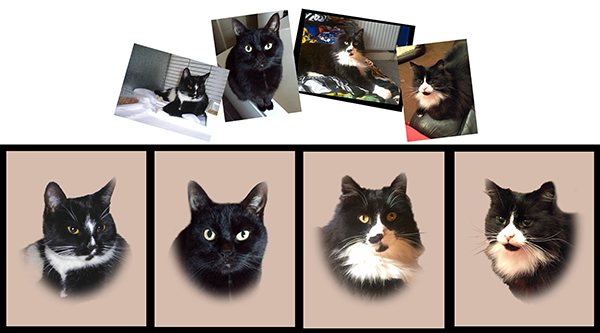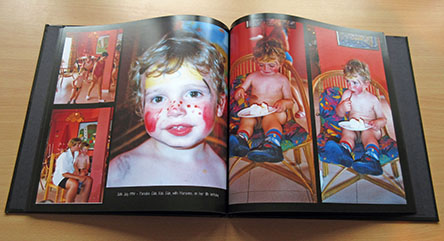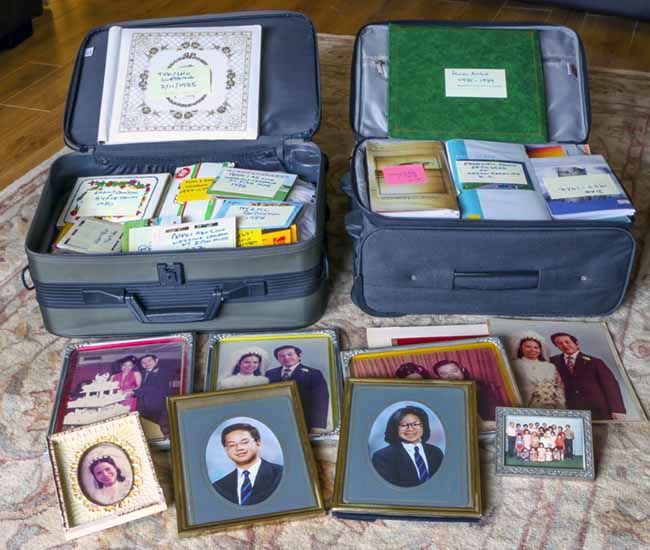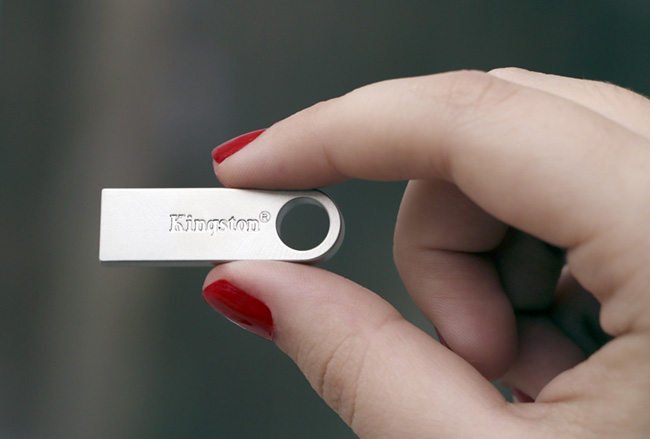We all have old photographs that we treasure, whether they are old family photographs passed on from previous generations, or historic photographs of the homes and towns we live in.
Photographs are the best tool we have to relive our cherished memories and remember loved ones who are no longer with us. Unfortunately photographs don’t age well and over time their quality diminishes.
Because photos are printed on paper things such as handling, light, moisture, dust, and scratches often affect them. Regrettably, these things can ruin our photos and prevent them from lasting through the generations.
Most of the photo papers and inks used up until recently have not been archival quality, and as a result, many photo prints show signs of fading and colour shifts after only a few years.
Poor storage practices such as keeping photos in attics or basements or allowing photos to be exposed to sunlight, have also contributed to the poor condition of most photo collections.
People don’t realize there is a problem until they take a look at their photo collection after many years of storage. Our precious photo collections are in fact fading away and in time many will be beyond recovery. There is also the possibility of their demise in the case of fire or flood.
It is a good idea to restore your special photographs or even entire photo collection in order to stop the unavoidable destruction that will take place no matter how carefully the photos are stored. Once restored, the photos can be copied to CD or DVD for long-term storage and safekeeping. Once you have digital copies you needn’t worry about further damage because digital images do not change at all. You can use these digital images to make a set of prints on archival paper, which will last over 100 years in an album with no signs of degradation or twenty years exposed to daylight for framed prints. Additional prints can be made at any time in the future should disaster strike. You can also share the images with other members of your family and friends.
During the restoration process it is also possible to improve the quality of the original photograph – for example removal of spots, stains, marks, tears as well as improving contrast, brightness, colour balance and enhance detail, focus and sharpness.
It is also possible to add colour to black and white photographs, as well as being able to make quality enlargements for framing.





















